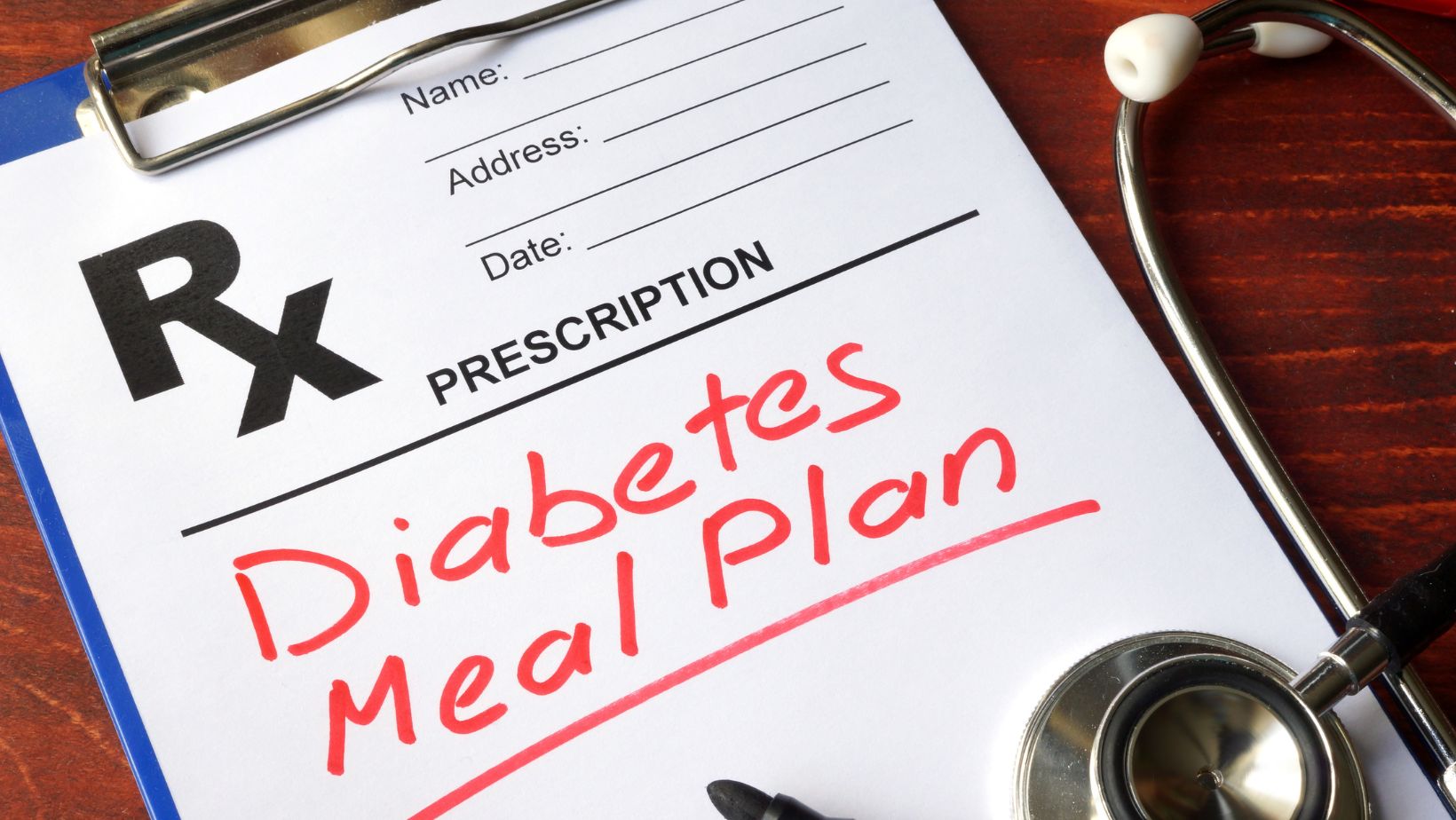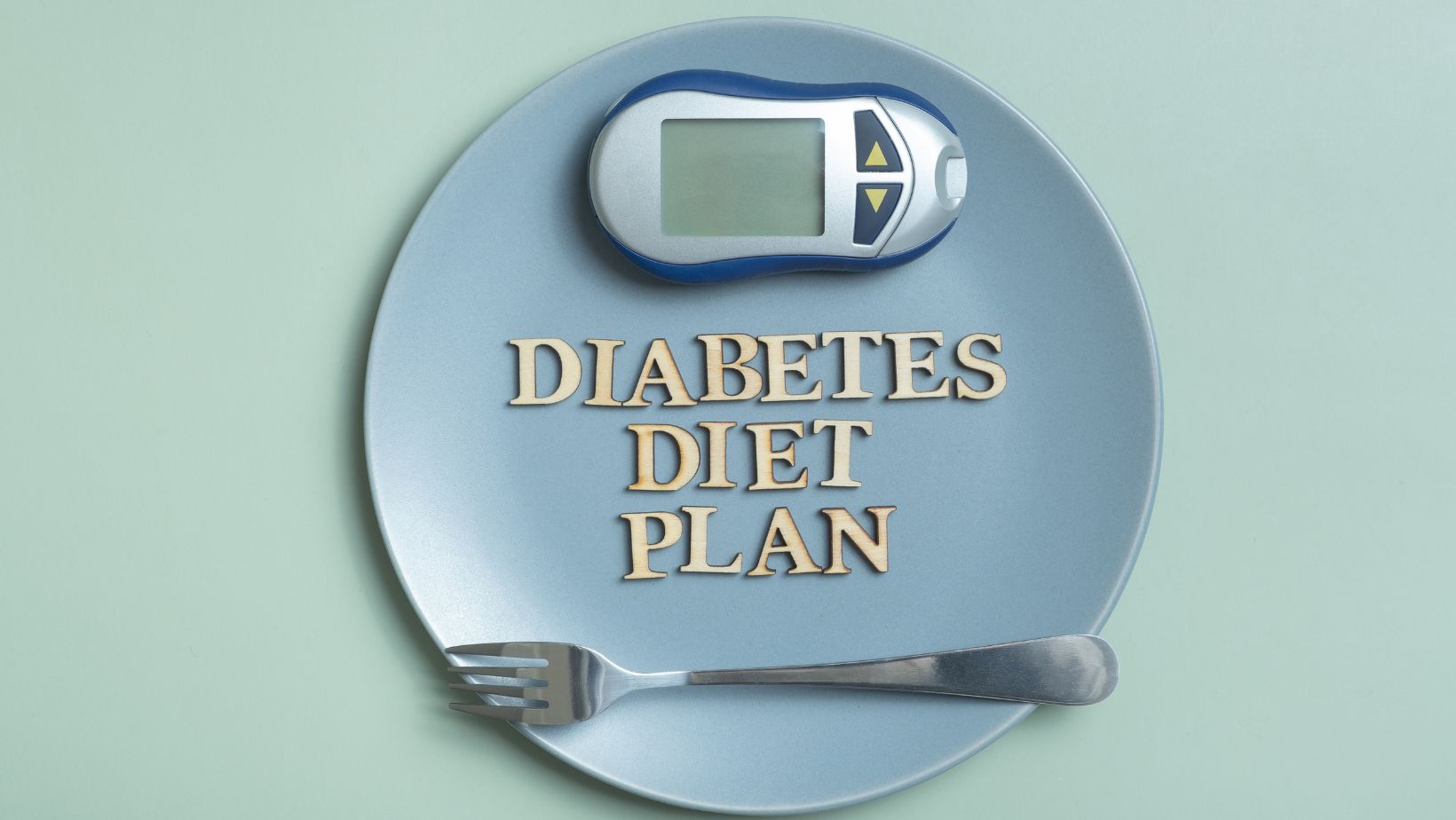
When you’re living with diabetes, your diet is the key to controlling blood sugar. Unlike fad diets, our plans focus on wholesome ingredients and manageable portions.
Eat healthy, nutrient-rich foods and avoid processed carbohydrates. Choose whole grains, lean protein, healthy fats, and plenty of non-starchy vegetables. Eat foods correctly to prevent glucose spikes: vegetables first, proteins and fats, and finally carbohydrates.
Choosing Your Meals
A diabetic diet plan should focus on smart carb choices and portion control. It should also be lower in overly processed sweets and sugary drinks and higher in nonstarchy vegetables and lean protein sources like poultry, fish, tofu, and beans.
In addition to reducing calories from carbohydrates, a diabetic diet should be low in fat and sodium. This can be accomplished by choosing steamed, baked, or roasted foods instead of fried options.
The Cleveland Clinic recommends changing your eating habits and gradually adding healthier food choices. For example, if you drink a lot of sugary sodas, try replacing one daily with water. A registered dietitian, nutritionist, or certified diabetes educator (CDE) can help you create a customized meal plan that fits your lifestyle and preferences. They can also teach you how to read food labels and use the Diabetes Plate Method. They can also refer you to a diabetes self-management education and support (DSMES) program near you.
Choosing Your Meal Time
Whether you are trying to maintain a healthy weight or control your blood sugar, meal planning is essential. Your diabetes healthcare team, including your doctor and certified diabetes educator (CDE), may recommend a meal plan that tracks calories or carbohydrates.
You should eat your meals simultaneously each day, which helps keep your blood sugar level on an even keel. It’s also essential to eat breakfast within an hour and a half of waking up and to eat every 4 to 5 hours after that.

Your diet should consist of primarily non-starchy vegetables and moderate portions of protein and starch. Avoid foods with a high glycemic index, as they can cause unwanted spikes in your blood sugar. Instead, choose foods low in glycemic index, like beans and whole grains. Talk to your dietitian about adjusting your diabetic meal plan to suit your tastes, lifestyle, and goals. They can help you make smart food choices by comparing food labels and providing recommendations.
Choosing Your Snacks
While snacks were once thought necessary to keep blood sugar levels stable, they are now considered unnecessary if you eat three healthy meals daily and exercise regularly. When you snack, choose low-calorie foods such as fruit, non-starchy vegetables, and nuts. Watch portion sizes, as too many calories can lead to weight gain. Ask your dietitian about using the glycemic index to select carbohydrates, which ranks food choices by their effect on blood sugar.
Incorporate a variety of flavors into your meals and snacks to make them more attractive. When starting a new habit, such as swapping sugar-sweetened drinks for water, do it gradually to help your body adjust to the change. It is also helpful to enlist the support of family and friends to encourage you on your diabetes management journey. This is particularly important if you are new to diabetes.
Choosing Your Exercise
Getting plenty of physical activity is also essential, but finding a workout that suits your lifestyle is critical. That might mean a short walk after dinner or subscribing to a group fitness class instead of scheduling hour-long sessions at the gym.
Another way to tailor your diet is by choosing foods that fit the glycemic index, which ranks carbohydrates based on their impact on blood sugar levels. A Registered Dietitian Nutritionist (RDN) or Certified Diabetes Care and Education Specialist (CDE) can explain how this method might work for you.

The bottom line is that a diabetic diet looks like a doctor’s recommended healthy eating plan. It includes whole, minimally processed foods, a variety of fruits and vegetables, lean protein, and limited amounts of healthy fats. It also limits added sugars, sodas, and candies.












